March is upon us, and with that comes several of awesome new LEGO sets and cool promotions from our favorite toy company. Below are the details.
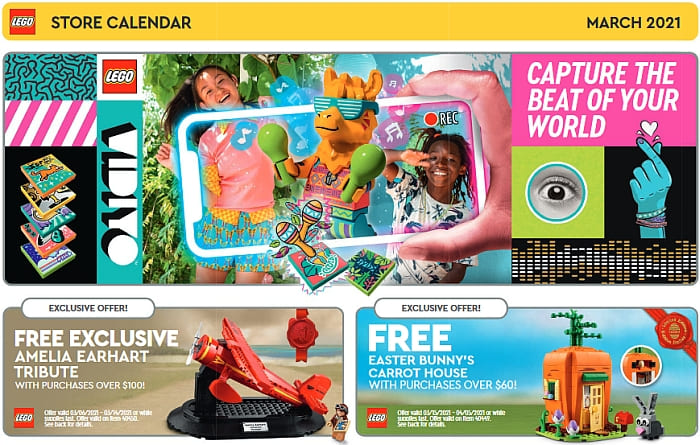
FREE LEGO AMELIA EARHART TRIBUTE: March 6-14, you will get a free #40450 LEGO Amelia Earhart Tribute set with purchases of $100 or more, while supplies last. There is already a lot of talk about this set, and LEGO fans are anxious that it won’t run out too quickly. If you don’t want to miss out, I would suggest that you place an order as soon as possible. It features an exclusive minifig version of the famous aviator pioneer and her red Lockheed Vega 5B, which she used to make a nonstop solo transatlantic flight, becoming the first woman to achieve such a feat. This offer is valid on all purchases at the Online LEGO Shop.
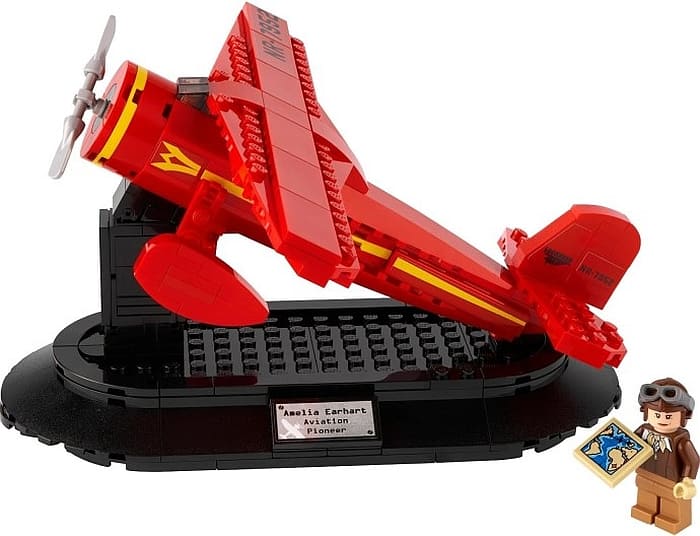
FREE LEGO EASTER BUNNY’S CARROT HOUSE: March 15-April 5, you will get a free #40449 LEGO Easter Bunny’s Carrot House set with purchases of $60 or more, while supplies last. This is a cute set with a brick-built bunny and her carrot house, featuring some hidden surprises. This offer is also valid on all purchases at the Online LEGO Shop.
NEW LEGO VIDIYO SETS: As we discussed previously, LEGO VIDIYO was developed in collaboration between the LEGO Group and Universal Music Group, pulling together physical LEGO elements, music tracks, and augmented reality. The first wave of the collection includes six portable BeatBoxes that each hold a minifigure representing a specific music genre, a scanning-stage, two special BeatBits, and 14 random BeatBits. Twelve collectible Bandmates in mystery boxes are also part of this first wave of VIDIYO products. You can find them all at the LEGO VIDIYO section of the Online LEGO Shop.
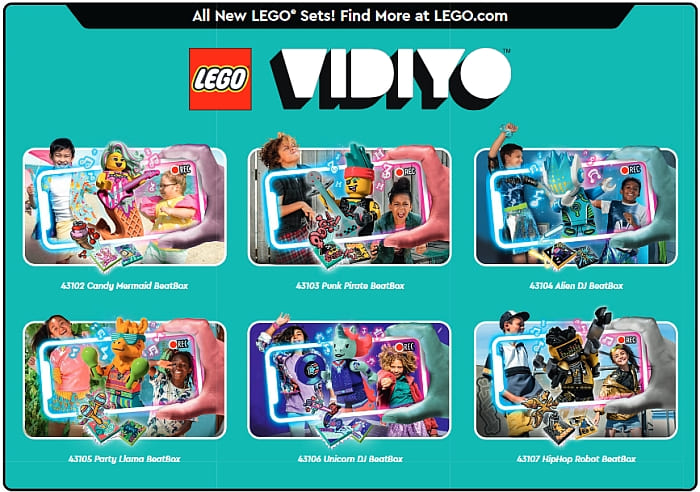
NEW LEGO DISNEY RAYA & THE LAST DRAGON SETS: Long ago, in the fantasy world of Kumandra, humans and dragons lived together in harmony. However, when sinister monsters known as the Druun threatened the land, the dragons sacrificed themselves to save humanity. Now, 500 years later, those same monsters have returned, and it’s up to a lone warrior to track down the last dragon and stop the Druun for good. This is the story of Raya and the Last Dragon, a new Disney film that will be released in theaters this week. The three accompanying LEGO sets are quite beautiful! The collection includes the #43181 LEGO Disney Raya and the Heart Palace, the #43184 LEGO Disney Raya and the Sisu Dragon, and the #43185 LEGO Disney Boun’s Boat. You can find them all at the LEGO Disney section of the Online LEGO Shop.
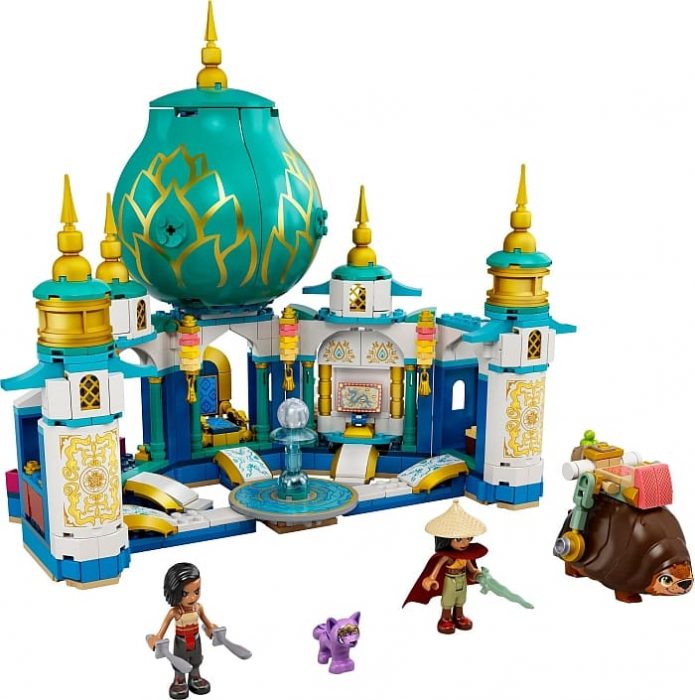
LEGO MICKEY & MINNIE BRICK SKETCHES: There are two new sets in the LEGO Brick Sketches collection. Brick Sketches are small, mosaic-type builds featuring collectible 3D illustrations of iconic characters on 12×16 baseplates. They come with both a stand and a built-in hook, so you can display them on a shelf or hung on a wall. The two new sets are the #40456 LEGO Disney Mickey Mouse, and the #40457 LEGO Disney Minnie Mouse. You can find them both at the LEGO Disney section of the Online LEGO Shop.

NEW LEGO NINJAGO SETS: Four new LEGO Ninjago sets were just released related to Season 14 of the LEGO Ninjago TV show, subtitled, The Island. The sets look fantastic with a great color-scheme, excellent minifigs, cool dragons, and lots of play-features. This includes the #71745 LEGO Ninjago Lloyd’s Jungle Chopper Bike, the #71746 LEGO Ninjago Jungle Dragon, the #71747 LEGO Ninjago Keepers’ Village, and the #71748 Catamaran Sea Battle. They are available at the LEGO Ninjago section of the Online LEGO Shop.
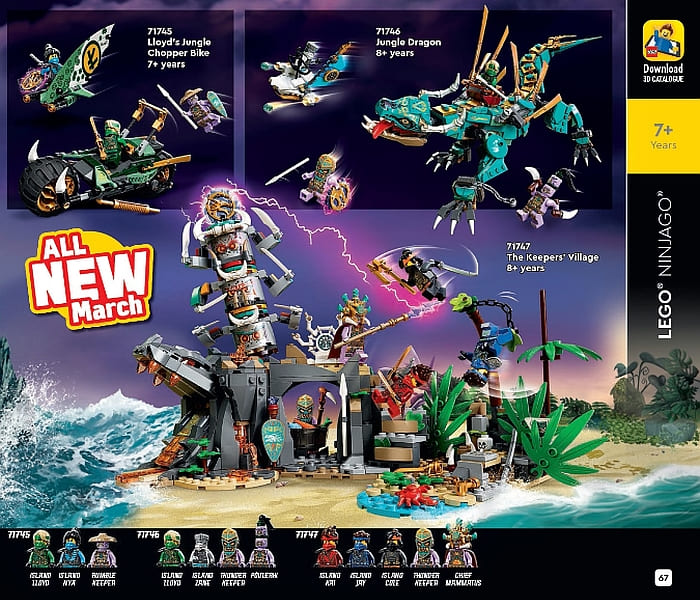
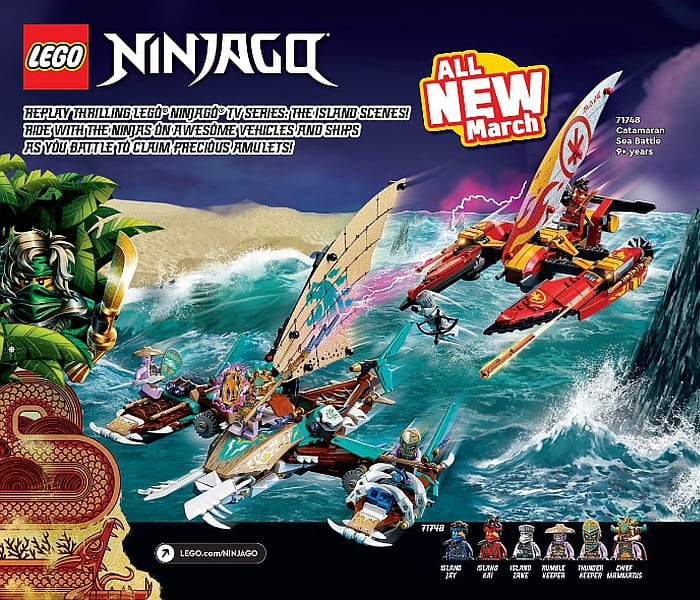
NEW LEGO CREATOR 3-IN-1 SETS: There are two new LEGO Creator 3-in-1 sets, both very interesting. The #31115 LEGO Creator Space Mining Mech looks fantastic in itself, and it can also be rebuilt into a cargo carrier and a space robot. And the #31116 LEGO Creator Safari Wildlife Tree House featuring an awesome brick-built giraffe, flamingo and treehouse can be rebuilt into a plane with a tree and a puppy, or a boat and an alligator. You can find both sets at the LEGO Creator section of the Online LEGO Shop.
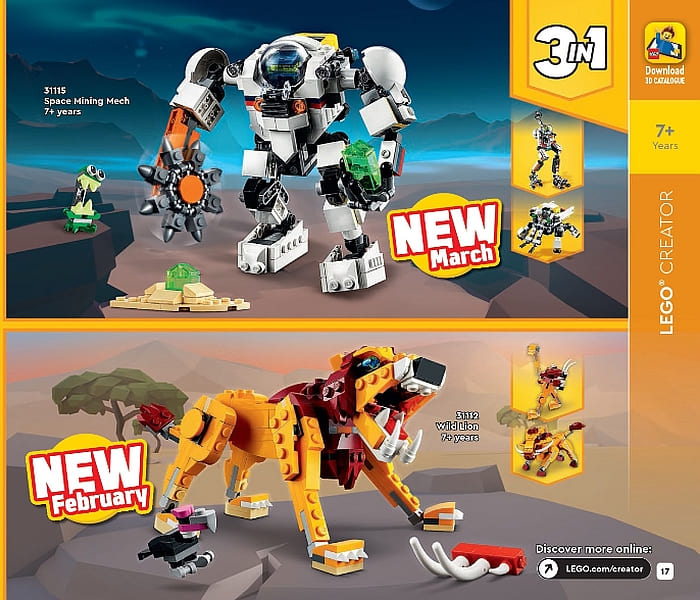
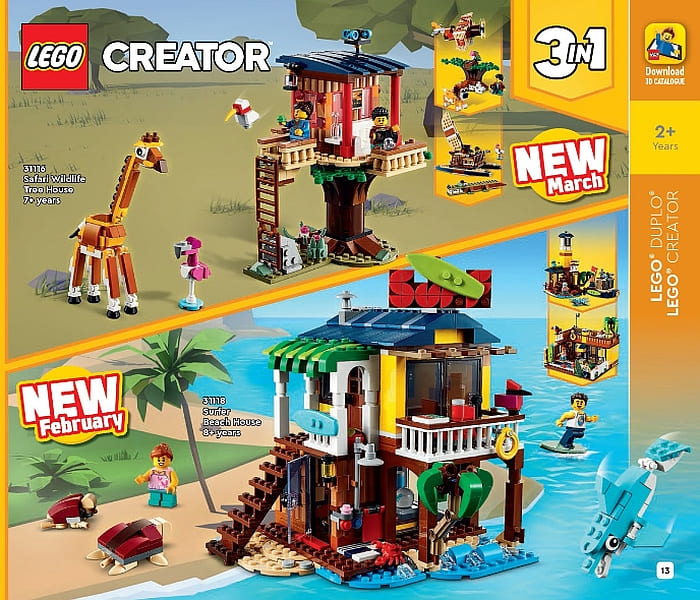
NEW LEGO BRICKHEADZ SETS: Two new LEGO BrickHeadz sets we talked about recently, the #40442 LEGO BrickHeadz Goldfish & Fry, and #40443 LEGO BrickHeadz Budgie & Chick (see: LEGO BrickHeadz Pets – Fish & Birds Review) are now available at the LEGO BrickHeadz section of the Online LEGO Shop.

LEGO CREATOR PORSCHE 911: The highly detailed #10295 LEGO Creator Porsche 911 Turbo and Targa set is now available for everyone, not just LEGO VIP members. You can choose to build either the Turbo model with its turbocharged engine or the Targa with its iconic Targa bar and a removable roof that stores under the hood. Both the Turbo and the Targa model cars feature authentic Porsche 911 details like the iconic front and rear bumpers, angled headlights, printed logo and number plates. And the interior is just as impressive with working steering, gearshift, emergency brake, tilting seats. and a dark-orange-and-nougat color scheme. You can find it at the LEGO Creator Expert section of the Online LEGO Shop.
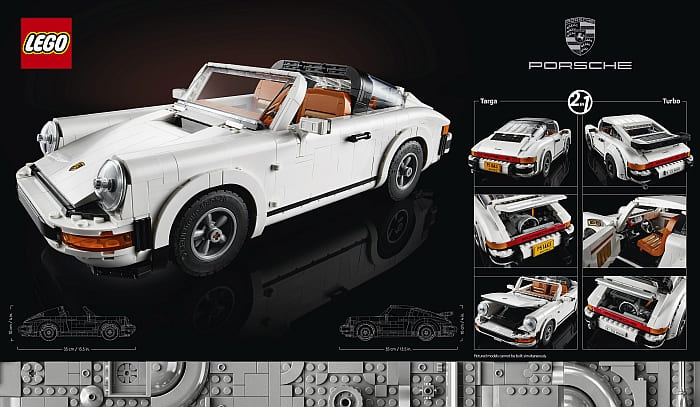
NEW LEGO FRIENDS SETS & CUBES: There are several new LEGO Friends sets, including five new LEGO Friends Cubes. These cubes are a bit different than the previous ones, with a brick-built pet on the cubes themselves, and of course, each of them come with a Friends mini-doll, a little scene, and a mystery pet. They are $9.99 each. We also get five new larger LEGO Friends sets; the #41440 LEGO Friends Heartlake City Bakery, the #41442 LEGO Friends Vet Clinic Rescue Buggy, the #41445 LEGO Friends Vet Clinic Ambulance, the #41446 LEGO Friends Heartlake City Vet Clinic, and the massive #41450 LEGO Friends Heartlake City Shopping Mall with a working escalator! You can find them all at the LEGO Friends section of the Online LEGO Shop.
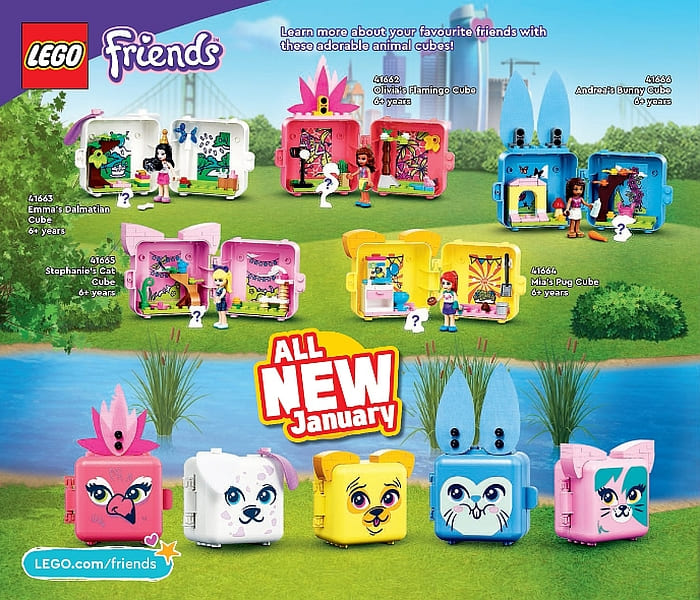

NEW LEGO SPIDER MAN SET: An interesting new set is the #76175 LEGO Marvel Attack on the Spider Lair – the first LEGO version of the superhero’s awesome HQ. It’s the ultimate teenage den, with a computer, PlayStation, basketball hoop with ball shooter, skateboard with ramp, and a drinks area. And it is also the ultimate superhero headquarters, with Peter Parker´s camera, training equipment, motorbike, Iron Spider Suit, weapons, and even its own jail. The set is $69.99, and it’s available at the LEGO Marvel Super Heroes section of the Online LEGO Shop.

NEW LEGO STAR WARS SETS: We also get three new LEGO Star Wars sets; the #75297 LEGO Star Wars Resistance X-Wing, the #75298 LEGO Star Wars AT-AT vs. Tauntaun Microfighters, and the #75302 LEGO Star Wars Imperial Shuttle. They are available at the LEGO Star Wars section of the Online LEGO Shop.

NEW LEGO TECHNIC SET: We get two new smaller LEGO Technic sets this month. The first is the attractive #42120 LEGO Technic Hovercraft, which can be rebuilt into a twin-engine aircraft. The second is the #42121 LEGO Technic Heavy-Duty Excavator, which can be rebuilt into a tracked tractor with backhoe. I think this is a really set, and a good introduction to LEGO Technic construction vehicles. Both sets are available at the LEGO Technic section of the Online LEGO Shop.

And that wraps up all the new sets we got this month. And of course, don’t forget about all the other awesome sets that were released since the beginning of the year! What do you think? Are you planning to get anything this month? Which one is your favorite set so far this year? Feel free to share your thoughts and discuss in the comment section below!

And you might also like to check out the following related posts:































